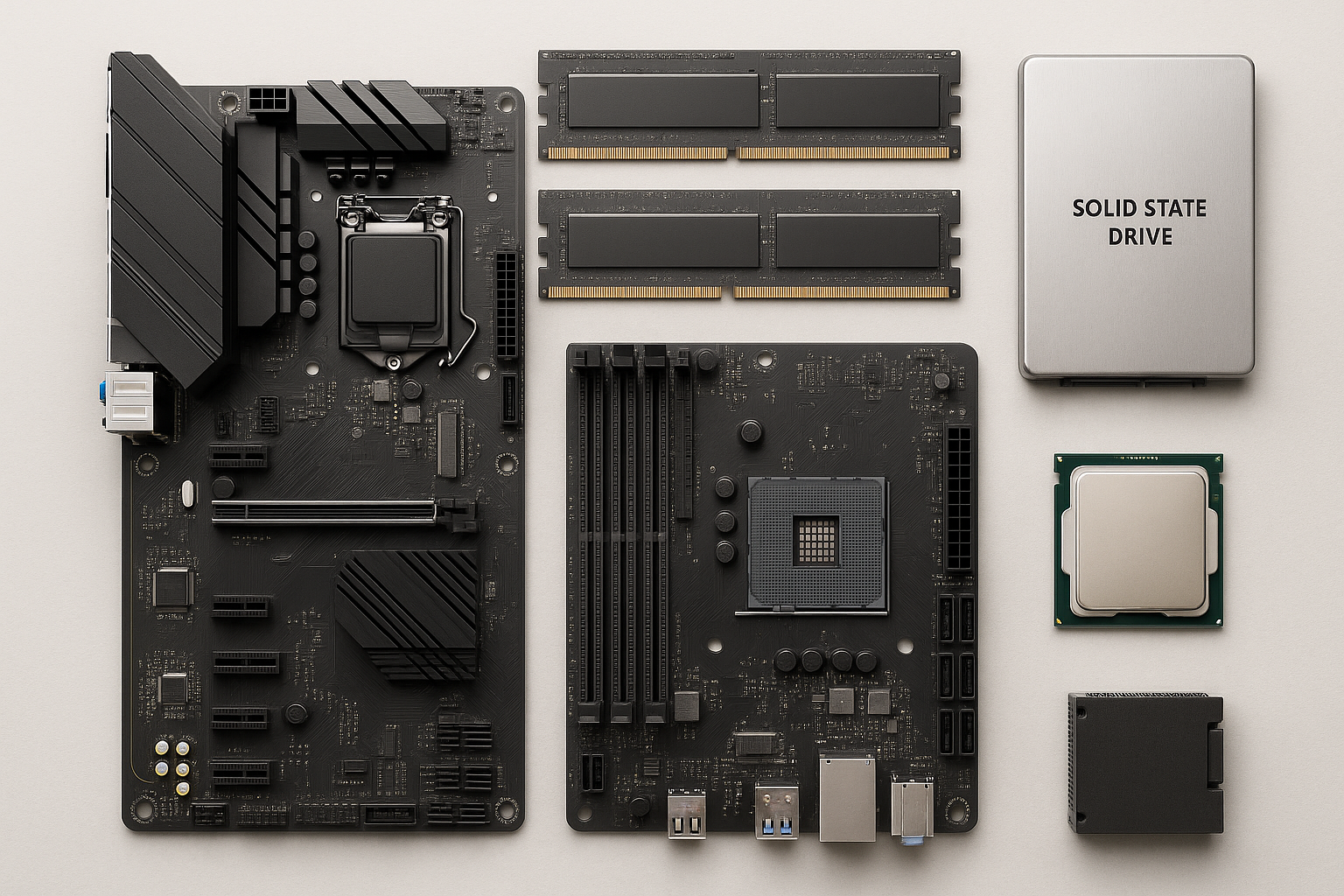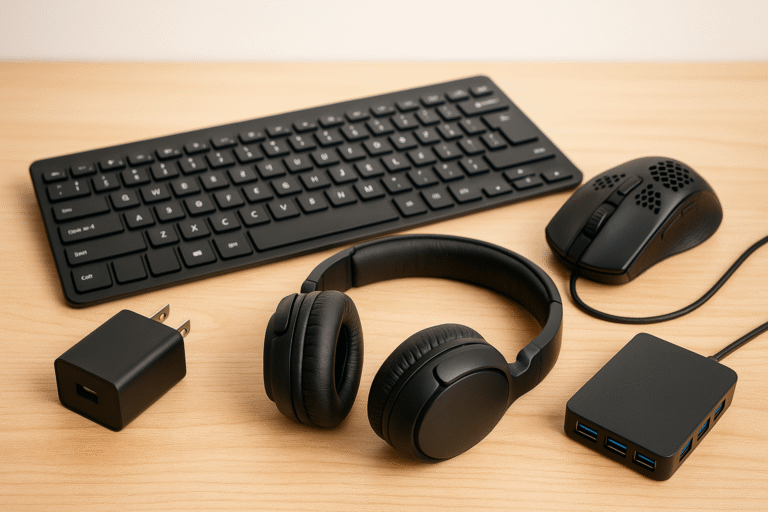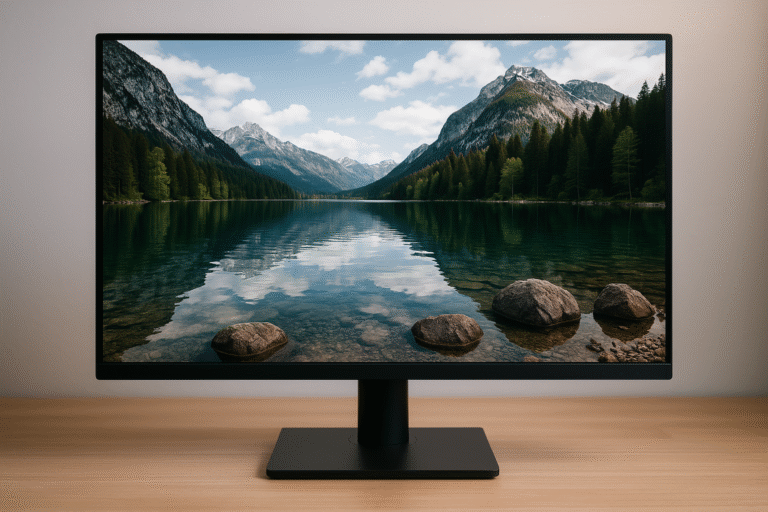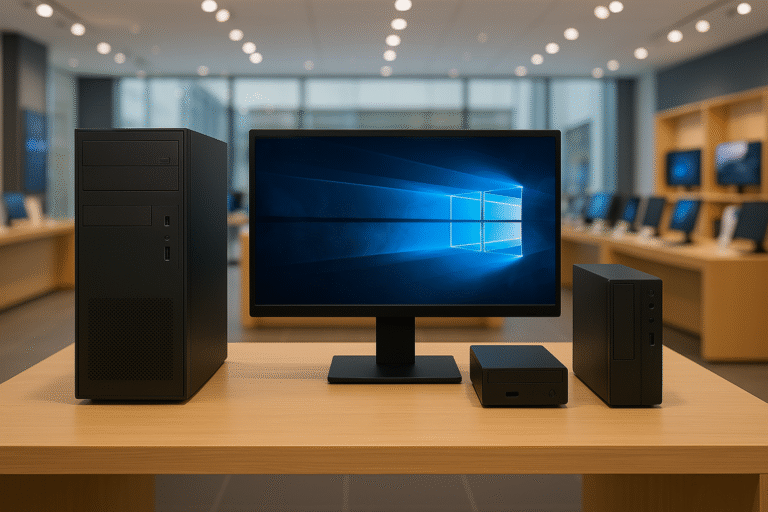Build Your Dream PC Smarter
Build Your Dream PC Smarter: A Complete Guide to Buying Used Components Safely and Effectively
Learn how to assemble a powerful, reliable computer without overspending — using tested, affordable second-hand components on Amazon. CPU, RAM, SSD, motherboards, and more: this guide breaks it all down.
🖥️ Used PC Parts on Amazon: Build Your Dream Machine Smarter
Building or upgrading a PC doesn’t need to drain your wallet. In fact, with the right strategy, you can create a powerful, reliable setup using used components that cost a fraction of new ones — without compromising performance.
Amazon’s second-hand market offers a vast selection of hardware from top brands, often in excellent condition, with return options and clear descriptions. Whether you’re building from scratch or replacing a single part, this guide will teach you what to buy, what to avoid, and how to verify each component step by step.
🔍 Why Consider Used Components?
Used doesn’t mean low quality. These are the main reasons smart builders turn to second-hand parts:
💸 1. Significant Savings
Used parts can be 30% to 70% cheaper than new equivalents — especially high-end models.
⚙️ 2. Better Specs for Your Budget
Instead of a new mid-range CPU, you might afford a used high-end one for the same price.
♻️ 3. Sustainability
Reusing tech reduces e-waste and supports circular consumption.
🔎 4. Access to Legacy Hardware
Need a specific socket, chipset, or RAM type for an old system? Used is often your only option.
🧠 What to Buy (Safely) as Used
Not all parts age the same. Some are highly recommended when bought used, others are risky. Here’s the breakdown:
🔹 CPU (Processor)
✅ Best Used Purchase. No moving parts, very low failure rate, especially when not overclocked.
- What to check:
- Socket compatibility (LGA1200, AM4, etc.)
- Intel 10th Gen+ or AMD Ryzen 3000/5000
- No bent pins or burn marks
- “Used – Like New” or “Very Good” conditions
🔹 RAM (Memory)
✅ Excellent Used Value. RAM is reliable and often sold during upgrades.
- What to check:
- Type: DDR4 (or DDR3 for older systems)
- Match MHz and CL with existing sticks
- 16GB recommended for most builds
- Trusted brands: Corsair, Kingston, G.Skill, Crucial
🔹 SSD (Solid State Drive)
⚠️ Viable, with Checks. SSDs wear out slowly — but health matters.
- What to check:
- Interface: NVMe (fast) or SATA (compatible)
- Capacity: 256GB minimum, 1TB ideal
- If possible, check TBW (Terabytes Written) or wear level
- Look for CrystalDiskInfo data in seller images (if provided)
🔹 Motherboard
⚠️ Riskier, but doable. More complex. Hidden issues possible.
- What to check:
- Socket & chipset match (e.g. B550, Z490)
- No bent pins (especially Intel boards)
- Verify USB/M.2/PCIe slots
- Photos must show clear close-ups of CPU socket and ports
⚠️ What You Should Avoid (or Handle With Extreme Caution) When Buying Used PC Parts
While the used PC component market is full of deals, not all parts are equal. Some hardware carries serious risks that can compromise the stability, performance, or even the safety of your build.
Here’s a breakdown of the parts that require extreme caution — and why.
🔌 1. Power Supply Units (PSUs)
Why this matters: The PSU powers every component in your system. A defective unit can cause crashes or even destroy your hardware.
Expert advice: Never buy a used PSU. Always choose new, certified models from trusted brands like Seasonic or Corsair. Make sure it includes full protection features and is at least 80 Plus Bronze certified.
💽 2. Hard Disk Drives (HDDs)
Why this matters: HDDs wear out over time. They can fail suddenly and take all your data with them.
Expert advice: Only consider used HDDs for secondary storage, and only if SMART data confirms good health (e.g., < 10k hours, no bad sectors). Avoid for operating systems or essential files.
🎮 3. Graphics Cards (GPUs)
Why this matters: Many used GPUs have been overclocked or mined with. This degrades performance and increases the chance of failure — even if they look fine externally.
Expert advice: Only buy if you can verify clean condition, low usage, and test it yourself on arrival. Look for signs of tampering, overheating, or hardware modifications.
🧠 Recommended Read:
Your graphics card might be slowing everything down — but how can you be sure? Discover the warning signs, compatible upgrades, and GPU picks for 2025 in our in-depth visual guide.
Read the GPU 2025 GuideCOMPARISON OF USED PC PARTS BY RISK LEVEL
| Component | Risk Level | Expert Recommendation |
|---|---|---|
| CPU (Processor) | Low | Highly reliable with no moving parts. Check socket and generation compatibility. |
| RAM (Memory) | Low | Very safe to buy used. Just verify type (DDR4), speed (MHz), and brand. |
| SSD (Solid State Drive) | Medium | Check wear data (TBW, SMART health). Good deals exist with care. |
| Motherboard | Medium | Check socket, chipset, and detailed photos. Avoid boards with bent pins. |
| Power Supply (PSU) | High | Avoid buying used. Internal damage is hard to detect. Buy new for safety. |
| Hard Disk Drive (HDD) | High | Used HDDs wear out and may fail. Only use for non-critical backups with SMART data. |
| Graphics Card (GPU) | High | Only for advanced users. Many have mining history. Test thoroughly or avoid. |
🛡️ Pro Tips to Shop Safely on Amazon
✅ Use pre-filtered search links (like the ones in this guide) to avoid unrelated or risky listings. They’re optimized to show the most relevant categories for used PC parts.
✅ Prioritize sellers with strong reputations — at least 95% positive ratings and a large volume of sales. Check how long they’ve been active on the platform.
✅ Inspect condition labels carefully:
Look for “Used – Like New” or “Used – Very Good”. These typically indicate minor cosmetic issues only.
✅ Read the full description:
Check for missing accessories, compatibility notes, return policy, and any disclaimers about damage.
✅ Check the images:
Listings with high-quality photos showing all angles, ports, or diagnostic data (e.g., SMART health for HDDs or SSDs) inspire greater trust.
✅ Ask the seller questions before purchase:
Clarify doubts about socket compatibility, wear, packaging, or health metrics. A responsive seller is a green flag.
✅ Test all parts immediately after delivery:
Use software like CrystalDiskInfo (for SSDs), MemTest86 (for RAM), Cinebench (for CPUs), and visual inspection for bent pins or missing thermal pads.
✅ Contact seller for technical details before you buy
Explore Amazon listings by region
As an Amazon Associate, I earn from qualifying purchases. Your support helps keep this site running.
✅ Conclusion
Used PC parts are a smart choice for anyone building on a budget — or just looking for better specs per dollar. With some care, you can build a machine that rivals modern systems in performance, while saving hundreds.
Choose wisely. Build confidently. And always test everything.



